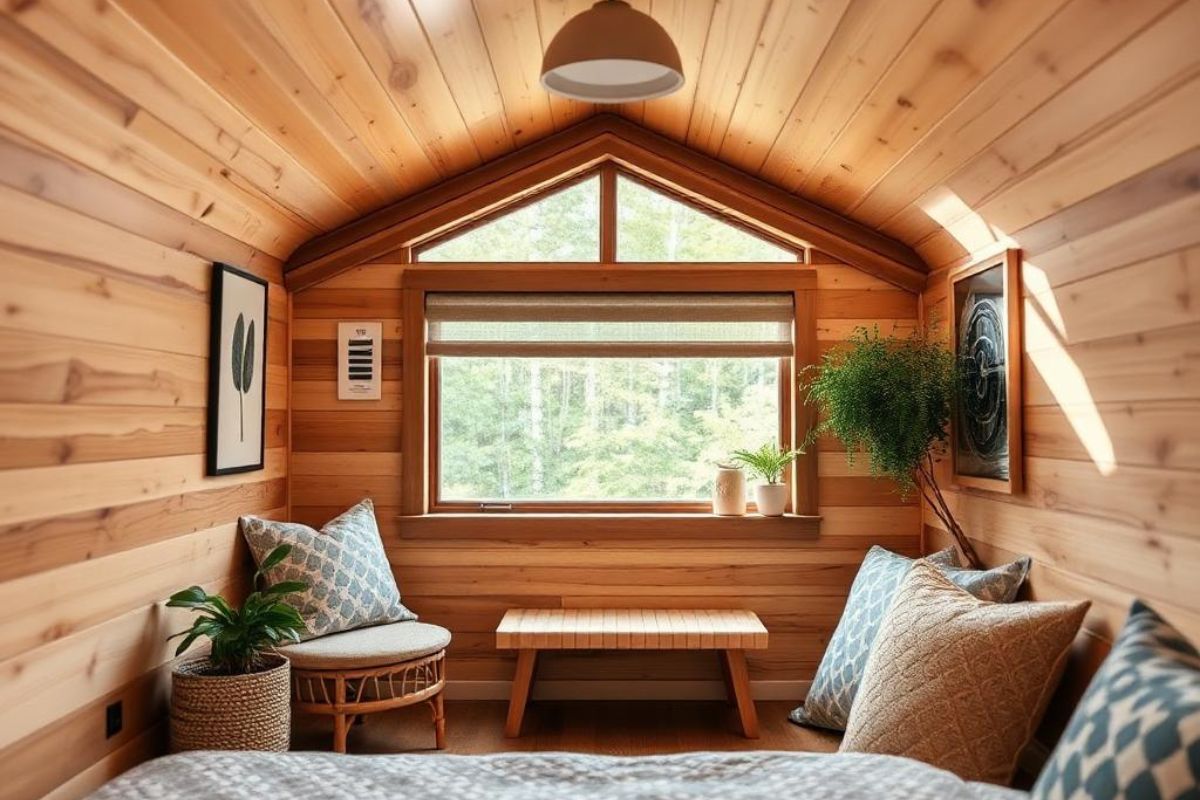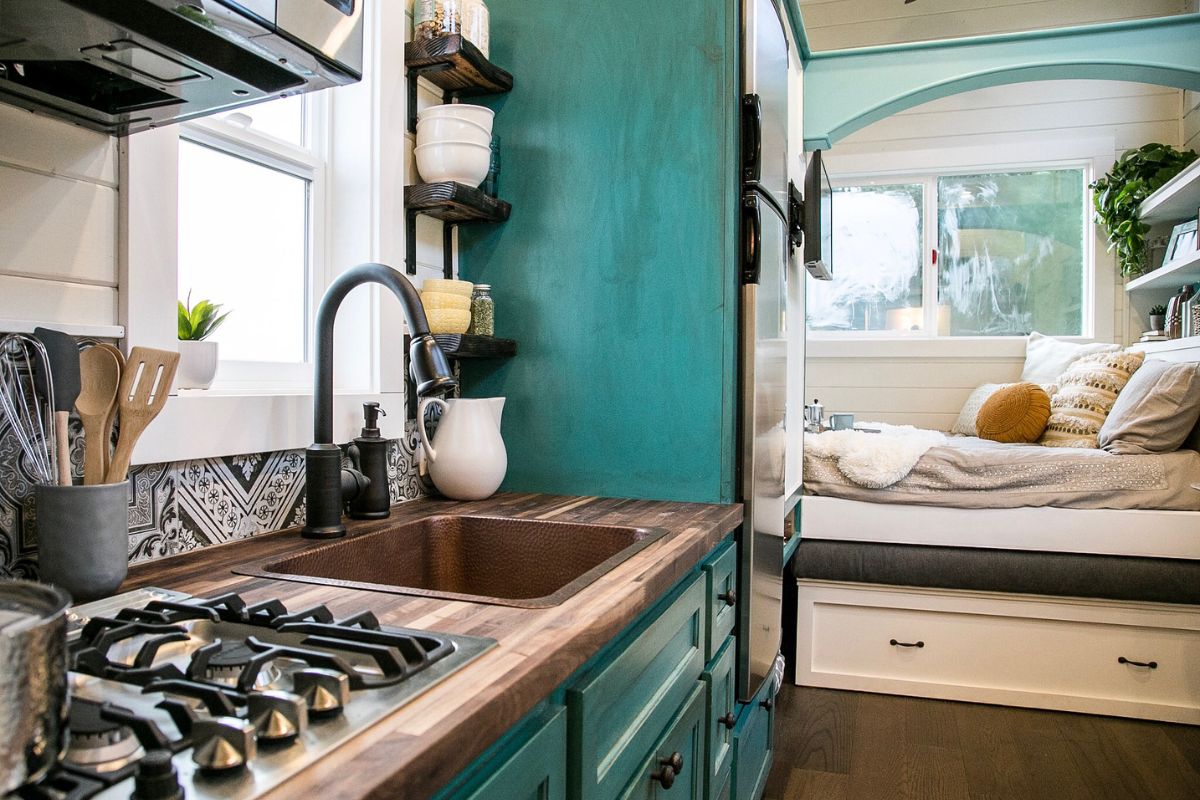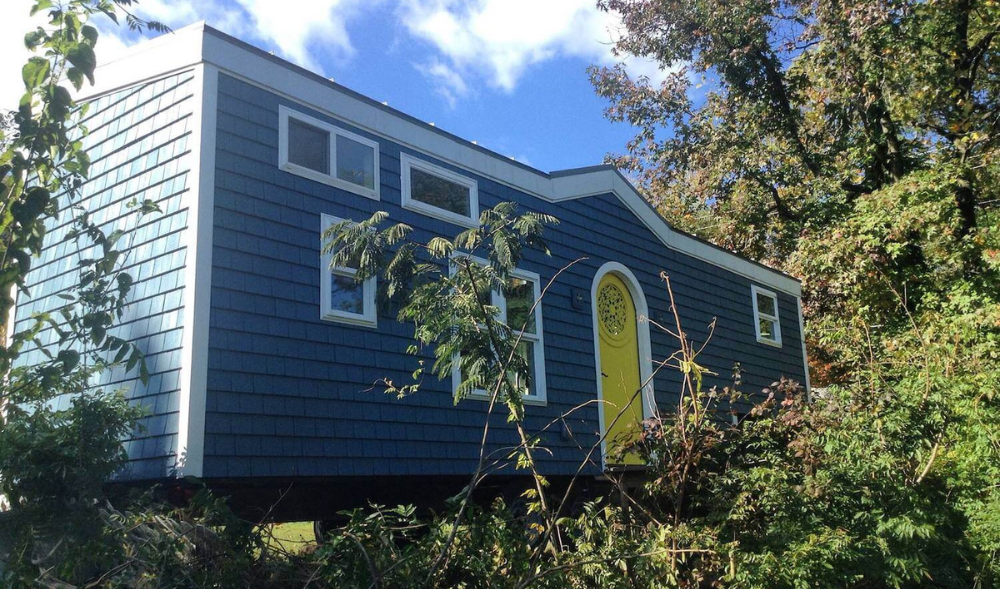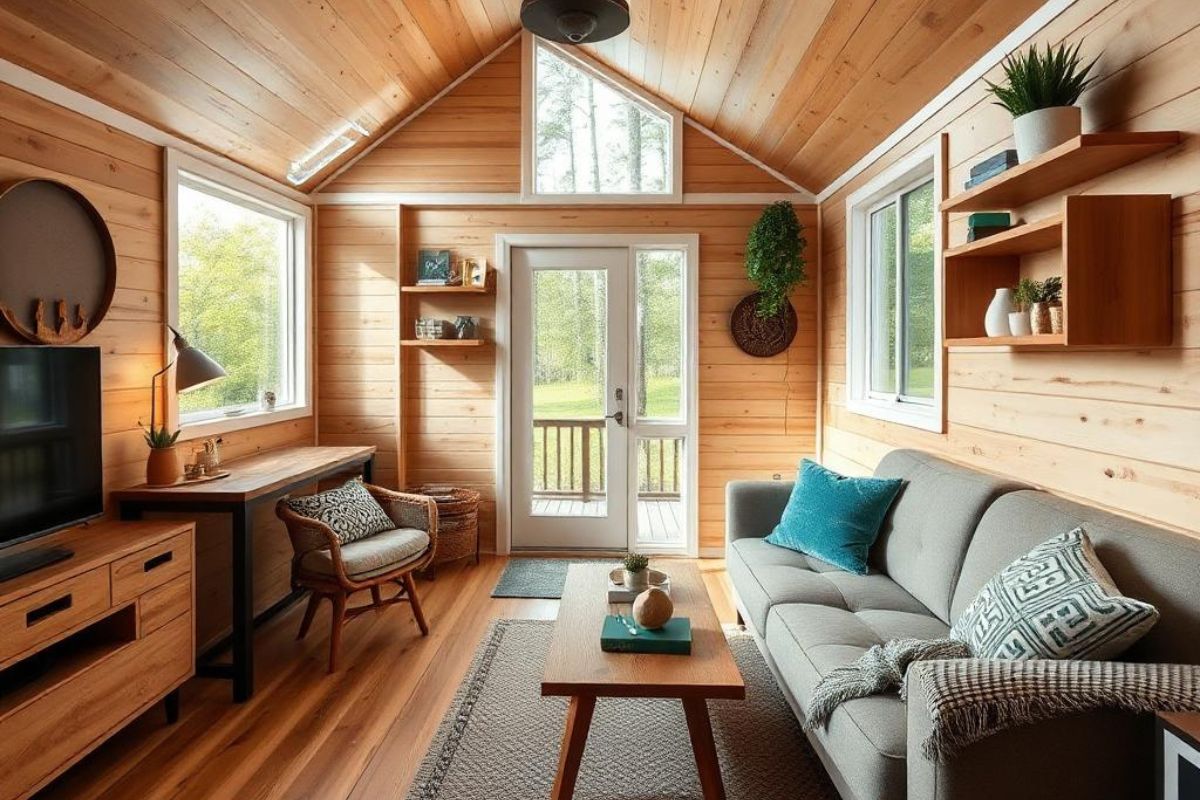Maintaining a cozy, inviting atmosphere in a tiny home necessitates careful decisions about furniture, decor, and window treatments. Blinds regulate light and privacy and improve the aesthetic appeal of your space.
When you opt for new blinds, you’re making a choice that impacts your home’s design and intimacy. Understand the types of blinds, their advantages, and the specific needs of your tiny home for a successful purchase. Let’s dissect the various options available, factors to consider, and tips for finding the best fit for your small living space.
Different Types of Blinds
Choosing the right blinds for your tiny home begins with familiarizing yourself with the various types available in the market. Horizontal blinds, vertical blinds, roller blinds, and venetian blinds can suit different styles. Horizontal blinds are favored for homes with smaller windows, as they can control light and provide ample privacy. Vertical blinds are excellent for large windows and sliding doors, but may not be the best fit for a compact area.
Roller blinds offer a minimalist aesthetic that aligns perfectly with the design philosophy of tiny homes. They can be rolled up entirely to let in natural light or drawn down for maximum privacy. Venetian blinds, known for their adjustable slats, can allow more nuanced light control, making them a great addition to a cozy nook where light can alter the mood.
Whatever type you choose, evaluate their material. The most common options range from fabric to faux wood, vinyl, or bamboo. Each material offers different levels of durability, maintenance, and aesthetic qualities, so identify which one aligns best with your living space's vibe.

Find Affordable Options
For many tiny home dwellers, affordability is a priority. Always strike a balance between cost and quality to make the most of your purchase. There are several avenues for finding great deals without sacrificing quality. Compare online retailers and local stores: you may come across discounts, seasonal sales, and clearance items that fit your budget constraints. If you’re looking for specific features like energy efficiency or customizable colors, you can refer to industry reviews on platforms or home improvement blogs that feature expert recommendations.
Those who prioritize outdoor setups may want to look into durability against the elements. In this scenario, cheap outdoor blinds in Adelaide can be a smart choice to protect your tiny home’s interior from sun damage and remain budget-friendly. Investing in cost-effective solutions will pay off in the long run.
Evaluate Your Tiny Home’s Needs
Tiny homes may come with unique configurations, including unconventional window sizes or shapes. Assess whether you need blinds that can fit snugly into smaller frames or ones that can cover larger expanses. Measurements are your best friend here: always measure your windows before purchasing to avoid unnecessary adjustments or returns.

See how much natural light you want to filter into your home. If your tiny home is in a sunnier location, you might prefer blinds that provide greater UV protection and still allow light to seep through. This can help with heat regulation inside the house, making it more comfortable to live in during warmer months. If your tiny home is parked close to others and privacy is your top concern, invest in materials that allow for maximum obscuration. Knowing these requirements helps streamline the selection process so you don’t waste time on options that don’t meet your needs.
Material Matters
The material of your blinds can influence their performance, aesthetics, and lifespan. For tiny homes, opting for lightweight materials can be practical when you consider the limited space and the often-moving nature of these residences. Lightweight options facilitate ease of installation and maintenance and provide the required functionality. Fabrics tend to offer a softer look and can come in various textures, which add warmth to your decor. Harder materials such as faux wood, vinyl, or aluminum present benefits suited for high durability and resistance to humidity. These materials are advantageous in areas that experience sudden weather changes, as they can withstand moisture and provide longevity.
Think about the environmental conditions that your tiny home will primarily face; selecting the right material could save you costs and hassle in the future. Some modern materials come with built-in thermal insulation properties, which can manage indoor temperatures efficiently, a valuable feature for small living spaces.
Installation and Maintenance Considerations
How you install and maintain your blinds should factor into your purchasing decision. Many blinds come with detailed installation manuals, but if you're not comfortable with DIY projects, consider professional assistance for proper installation. The last thing you want in your tiny home is misaligned blinds that fail at their job.

Thanks to the compact nature of tiny homes, maintenance should be easy. Selecting blinds that can be easily cleaned or have stain-resistant qualities will make your life much simpler. For fabric choices, opt for options that are machine washable or can be simply wiped down. Hard materials require little more than a damp cloth for upkeep, making them practical choices for those on the go. Keep these factors at the forefront so that your blinds serve you well over time without added hassle.
Style and Color Selection
The integration of blinds into your aesthetic should not be overlooked. Since tiny homes embrace a minimalist design and select blinds that harmonize with your color palette. Neutral colors (whites, grays, or beiges) tend to work well as they blend seamlessly with various themes and maintain a clean look. Don’t feel constrained; small pops of color can be a great accent and add personality to the space. Roman shades, roller blinds, or even bamboo curtains can inject creativity into your design and provide functionality.
A carefully chosen style can become a focal point of each room if you have large windows that draw attention. Look into how natural light interacts with different colors; light colors can make a small space feel larger and airier, whereas darker hues may cocoon the room in warmth.
Improving your tiny home’s interior through well-chosen window treatments can bolster your comfort and reflect your style. Blinds should primarily contribute to the ambiance you seek. When you thoroughly assess your needs, understand the types available, and make informed choices based on your home’s unique characteristics, you position yourself for a successful purchase.






Share: